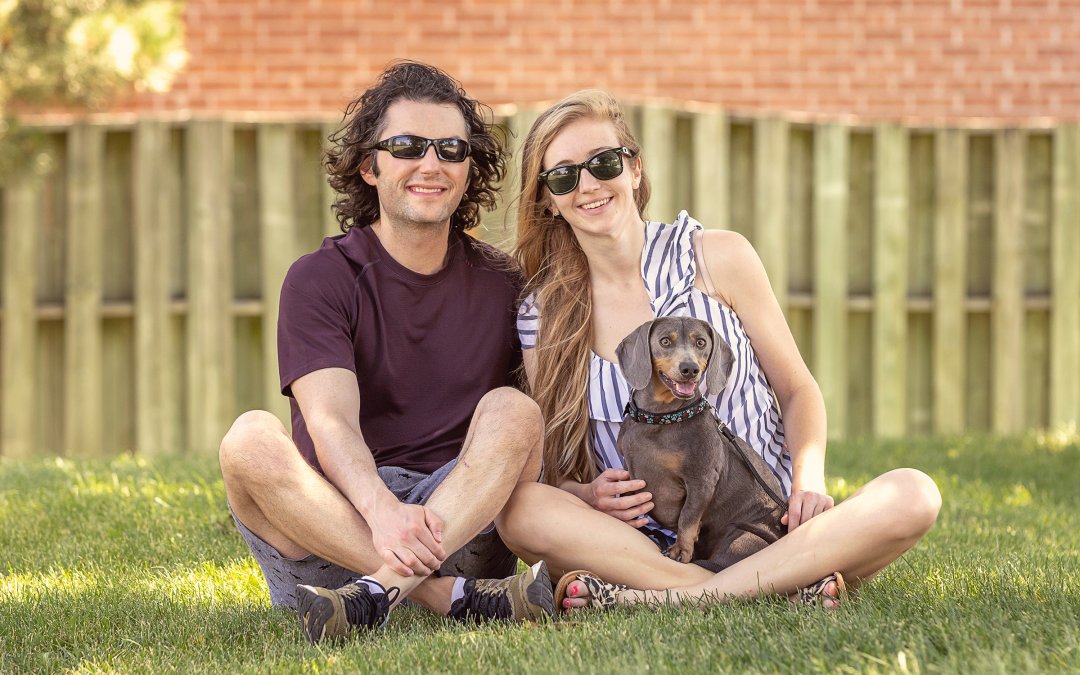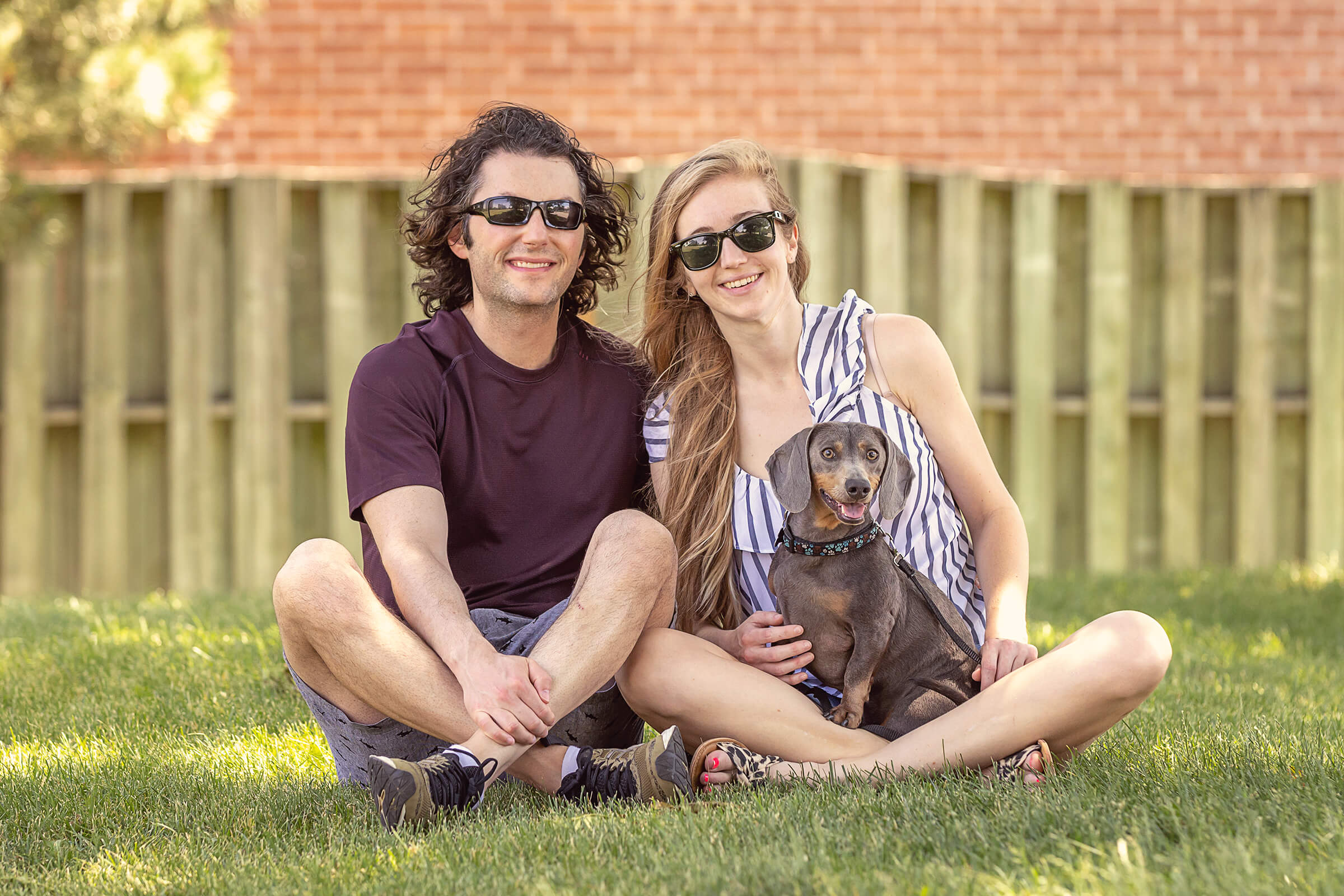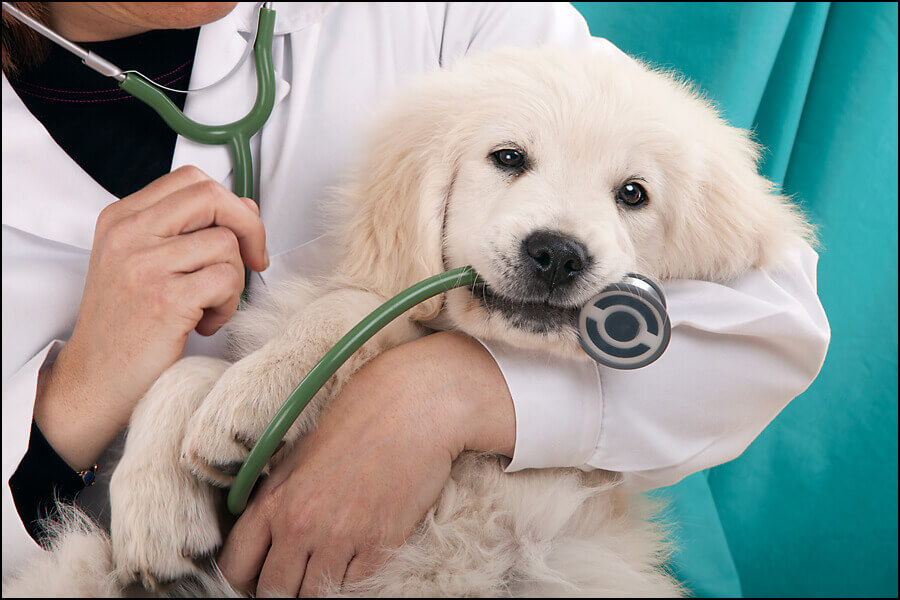
Your Pet’s 360 – The Most Important Relationships in your Dog and Cat’s Life

When I worked in Human Resources, we used to conduct what are called 360s for all of our management and high-performers. One reason being, you wanted to see how healthy their relationship was with the people around them and make tweaks as necessary. (I’m purposely being very brief here…ha!)
When it comes to our pets, the relationships our dogs and cats have with the people and animals in their lives also need to be healthy. We need to take stock and see what is working and what might need some changes.
The first step is identifying the people that have the most impact on your pet’s well-being. So, read on to see our list of the people who we feel are important to your pet’s own happy, healthy life.
1. YOU (of course!)
In this case, you know you are #1. You are the one constant in their life and your pet looks forward to time spent with you, even if it is just in the mundane things of life. Spending time with them is vital.
In our house, Panda, is incredibly bonded to my husband I. Especially as we had to say goodbye to her furry brother, Baxter, last December.
We spend at least 20 minutes a day in active play where she zooms around all of the rooms. And, since the pandemic, she has learned new skills: she now knows that the words “let’s go to work!” mean that she will hop up on her bed beside my desk and has quickly become the best co-worker ever; she recognizes the sound of coffee being made to mean that lactose-free milk will be not too far behind; and she spends the rest of the day either sitting on me or napping beside us. We are her world.
2. Their compassionate veterinarian
Next to you, your pet’s veterinarian and clinic staff may be the most important people in his or her life. So, it’s vital that you cement that relationship with an annual check-up in addition to visiting when your pet doesn’t feel well. Or just drop in to say “hi!” so vet visits aren’t always scary. While the pandemic has made this more of a challenge, speak with your veterinarian to see what can be arranged.
We’ve always chosen our vets on the fact that they are exceptionally compassionate and truly care about our pet’s well-being. That, coupled with no “guilt trip” when discussing expensive medical options when helping us to navigate the unavoidable goodbye, has made us loyal to our clinic for 20 years.
And if you are in a bind and need emergency advice, there are services like Vetster, that are on-call, 24-hour connections to veterinarians.
3. Their reliable pet-sitter
Some pets grow to really love their pet sitter, whether they are a professional or your best human friends. Not only do they go to great lengths to make sure your dog has loving company, food, water, and exercise, they make sure your home is safe and secure, too.
A point about cats: While some feel that they can leave cats for days on end with ‘enough food’, I believe that it is not enough. We have never left our cats overnight without someone staying with them. It started with Ripley, who had terrible fears of being abandoned (he was a rescue who had his family move on him and leave him behind), and it has continued with all 4 of our kitties.
4. Their furry best friend
Humans are great! But when it comes to romping in the yard or curling up for a nap, some pets really enjoy the company of their own fuzzy kind. Baxter was Panda’s very best friend. If your pet craves companionship from a fellow canine or feline, call a fellow pet parent for a hike or a playdate.
Or if there is room in your heart and your home, it may be time to adopt another pet as a full-time best friend. Of course, choose wisely. We are currently in the process of deciding whether Panda needs another friend. Her days and nights were filled with Baxter, so she’s obviously had to adjust. But, I know that if we find the perfect boy companion, we will welcome another furry heart into our family.
5. Their soothing groomer.
A genuine bond between a pet and their groomer often lasts a lifetime. A great groomer can take a stressful bath event and turn it into a feel-good spa day. The fact that your groomer understands your dog’s unique needs and your particular desires when it comes to the final result, makes them invaluable. Your pet’s monthly relationship with their groomer involves trust and respect on both ends of the table.
6. Their good time dog walker.
Cue all the butt wiggles when the dog walker shows up! When you can’t be home, the dog walker is the one you and your dog trust for potty breaks, exercise and just plain good fun.
How to know if you have found the right dog walker? Check out the 4-step process here.
In conclusion…
Who are the people in your pet’s relationship circle? Friend, family, or professional, be sure to let them know how much you both appreciate their expertise, care, and affection. A card, text, or just a heartfelt “thank you” will say aloud what your pet can only articulate with a happy nudge and welcoming eyes.

